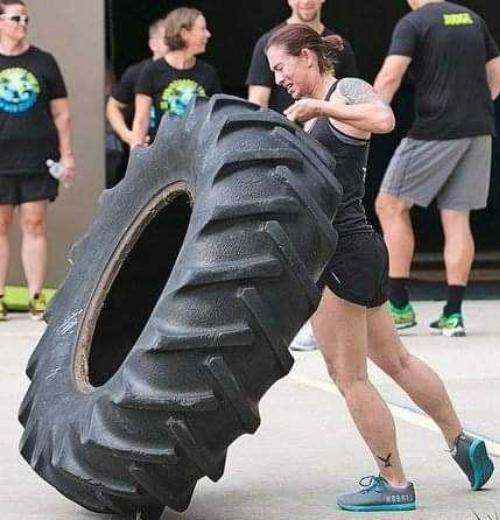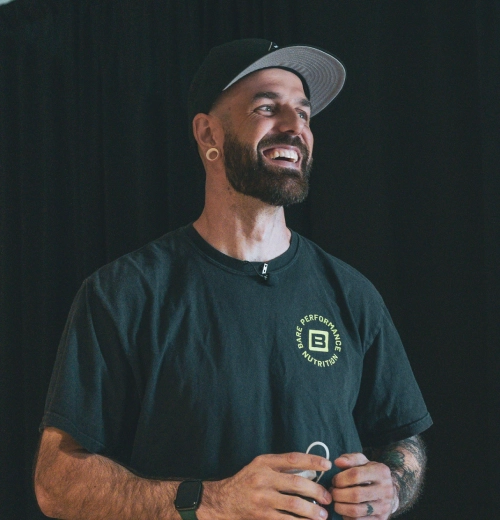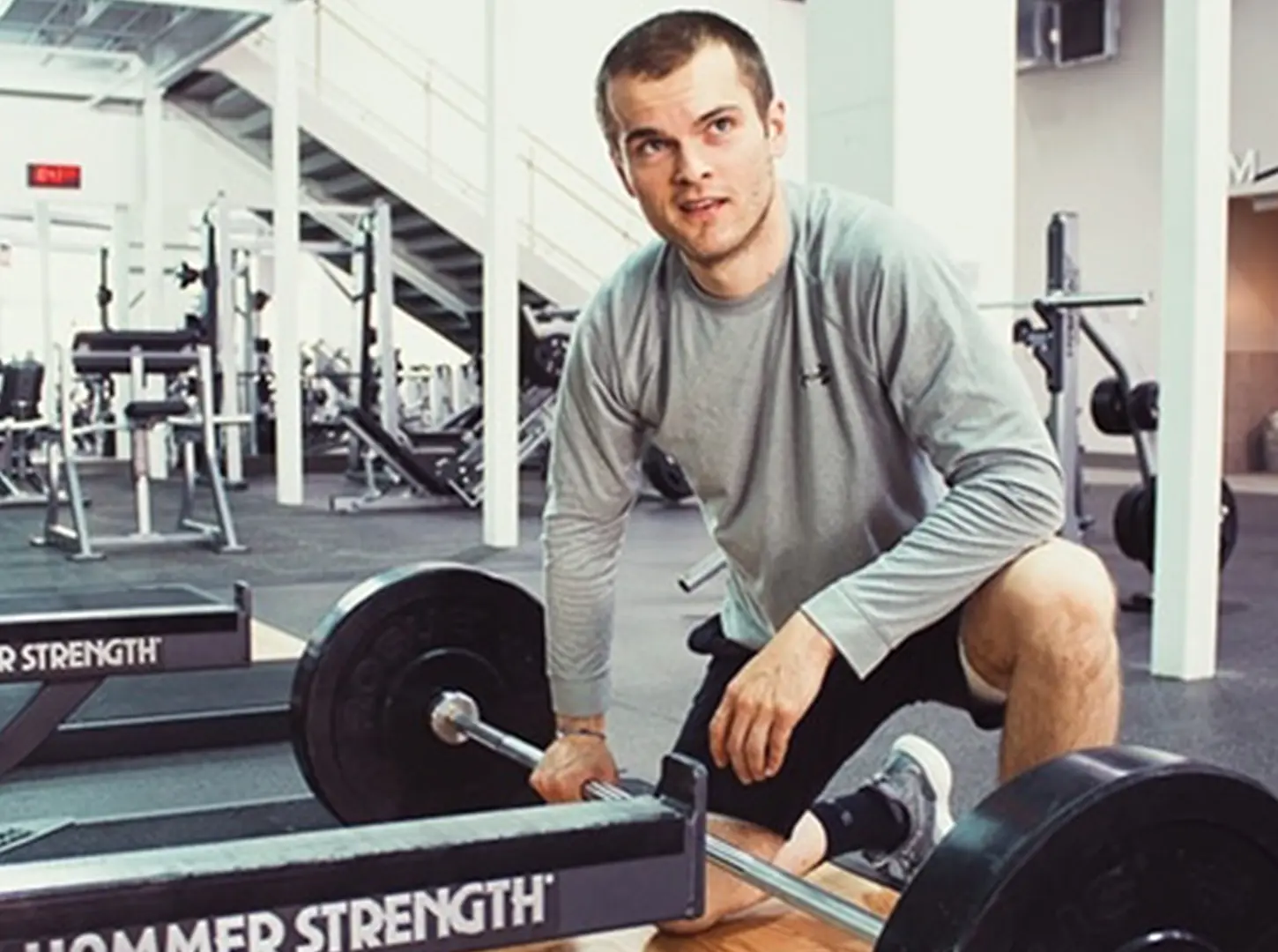Do your Arches fall like the London bridge when you squat?
If so—or you’re not sure—read on….
Inexperienced coaches might blame the major muscles/ primary joints as the culprit for faulty movement patterns.
But the problem may be lurking deeper below the surface, like a gator who is hungry for your squat gains.
When we speak of arches, we are not talking about the two golden ones that make up the McDonald’s sign. We are addressing the Arches within the foot. There are three arches: Two longitudinal (Medial/ Lateral), and one Transverse arch. The Arches are formed by Tarsal bones (Ankle), and Metatarsal bones( five long bones between ankles and toes.) The shape of the arches allows a spring like effect and help absorb shock during locomotion.(1) Now that we have finished the Anatomy lesson let’s find out why this happens and what can be done to correct this! Fallen Arches can be a result of weak glutes, and calves that are board stiff.
To see if you have fallen arches stand up and look at your legs…..
If your leg looks like the the picture on the right, it’s highly likely you have fallen arches. The arches of the foot move in relation to the rest of the lower body so if this is not right from the start, an imbalance moves up the chain. This destructive domino effect goes as follows: when the foot flattens, the heel goes out laterally causing the foot to pronate. This inward rotation of the ankle, makes the knee rotate internally, and does the same to the hip. As a result of all of this you are robbed of stability and overall power, not letting you unlock your potential squat gains.
Also, the back pain you might be experiencing could be from your feet (Mind blown!). I’m not saying this will definitively fix your hip/back/knee pain, but it surely will help.
Before you leave in a panicked frenzy over never squatting correctly again, check out how we can correct this problem. For the setup we ideally would want the foot in a “Tripod” position. The first and 5th Metatarsals, and heel are in solid contact with the ground.
Now squeeze your butt and drive your knees out. (2) Check out this awesome video.
Next we must strengthen and activate the musculature with in the foot. Focusing on Big toe, and Posterior Tibialis.
The Tibialis Posterior is the blue muscle in the picture. The main action of this muscle is to plantar flex( Pressing the gas pedal) and inverts( Moves closer to midline of body) the foot. It also supports the Medial and Longitudinal arch of the foot.
Here are some tools to help with Tibialis Posterior dysfunction:
Ankle inversion with Therabands:

Video link here.
Toe curls:
Finally, strengthen the big toes, This can be done by doing toe curls (no, your toes will not grow bulging biceps).
Place your foot flat with the big toe in contact with the ground, lift your foot up creating a natural arch. Then proceed to pull the towel towards you with only the toes. This can be done as an isometric exercise meaning you hold the toe crunch position for x number of seconds with a given number of sets. Or this can be treated as resistance training doing 3 sets x 15 reps for example. Video link here.
Thanks for reading, and we’ll see you in health!
Rafael Saenz
Head Coach, CrossFit REP.
References:
- Little, Sam. “The Arches of the Foot” TeachMe Anatomy. 20 Nov 2020.
- Horsching, Aaron. “The squat fix: Don’t forget the foot!” Squat university. 5 Nov 2015.
















